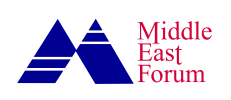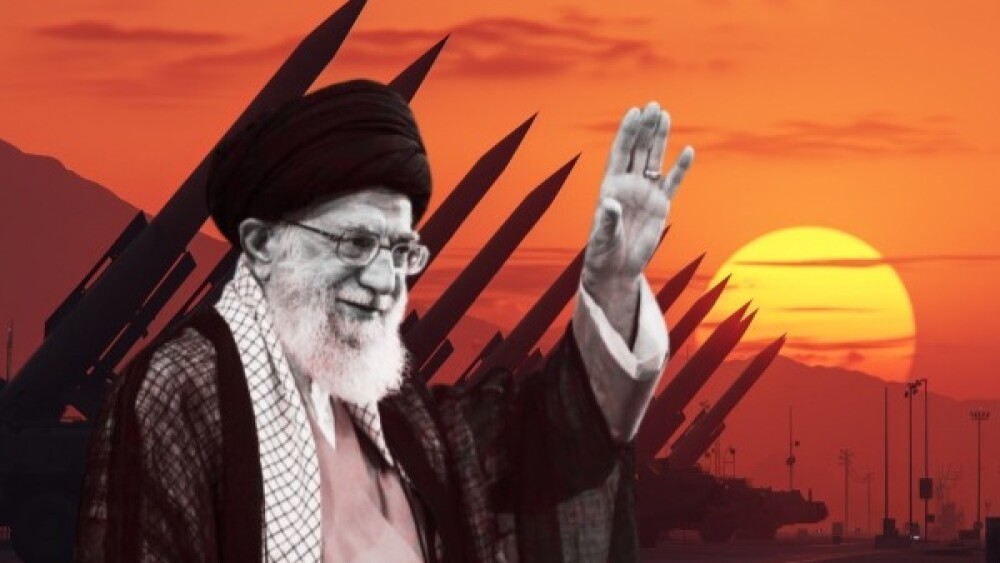Iranian Supreme Leader Ali Khamenei’s one-hour appearance on July 5, 2025, at a Shi’ite mourning ceremony surprised many—but the greater surprise came when he asked a religious eulogist to perform a patriotic Iranian song.
Much like Saddam Hussein, who turned to Islamic imagery to salvage his image after the First Gulf War, Khamenei and his circle have now embraced nationalist symbols—invoking the word Iran, the anthem Ey Iran, and other patriotic motifs—following their crushing defeat by Israel last month.
In 1991, Saddam added “Allahu Akbar” to the Iraqi flag after years of Ba’athist secularism, attempting to mask his humiliation and reassert authority as he brutally repressed Shi’ite uprisings in the south and Kurdish resistance in the north. Khamenei, too, finds his claim of leading a powerful Islamic Umma in ruins—and is now appealing to national sentiment in a moment of profound weakness.
Immediately after Khamenei’s appearance at the mourning ceremony, a rumor began circulating that the United States and Israel had guaranteed his safety for a brief emergence from his bunker.
But many Iranians are not persuaded by this dramatic about-face. They point to decades of speeches in which Khamenei ridiculed Iran’s pre-Islamic kings and mocked expressions of national pride, including admiration for Persepolis—once symbols of the very identity he now tries to invoke. His followers, however, are eager to cling to any glimmer of hope, and in recent days seized the occasion of Ashura to stage mourning ceremonies nationwide as a display of strength.
Immediately after Khamenei’s appearance at the mourning ceremony, a rumor began circulating that the United States and Israel had guaranteed his safety for a brief emergence from his bunker. The implication was deeply humiliating—that Khamenei needed Israeli approval to visit his own headquarters.
An Iranian regime-change advocate with more than 25,000 followers on X tweeted: “Khamenei was supposed to pray at Al-Aqsa Mosque—they had even made the promotional posters. But today, their expectations have sunk so low that his mere appearance in his own residence is being hailed as a victory. What have you done, Bibi?”
Many others on social media noted that for 46 years, the people were unable to compel the Islamic Republic to respect patriotic symbols, yet Israel managed to reverse that in just twelve days.
A U.S.-based Iranian analyst wrote: “What we are witnessing is not transformation—it is theater. The same machinery that silences dissent is now staging patriotism, hoping that a borrowed anthem can substitute for legitimacy. It cannot. The trust is broken. The wounds are deep. The record is clear.”
Meanwhile, conflicting signals emerge from the Islamic Republic. In a soft interview with Tucker Carlson, President Masoud Pezeshkian said that Khamenei agrees with American investments in Iran. At the same time, regime clerics have issued a death fatwa against President Donald Trump and claim to have raised $18 million for the effort. However, all eyes are now on Washington as Prime Minister Benjamin Netanyahu visits to consult with Trump on, among other things, the next steps regarding the Islamic Republic. Opponents of the regime are hoping for a second wave of Israeli airstrikes to further weaken Khamenei and possibly spark a revolution. Exactly how placing a bounty on Trump’s head is supposed to persuade the U.S. president to restrain Israel remains unclear.
The full economic impact of Israel’s air campaign has yet to be felt.
In the meantime, the full economic impact of Israel’s air campaign has yet to be felt. Iran continues to export oil to China, but both volume and prices have declined—resulting in a 26 percent drop in revenue in the second quarter of 2025 compared to the same period in 2024. While this income helps cover the regime’s most urgent needs, much of the country’s critical infrastructure—including electricity and water systems—continues to deteriorate due to a lack of funding for maintenance and upgrades.
As Khamenei retreated back into hiding, the government continues to struggle with even its basic functions. On July 7, Ham-Mihan newspaper in Tehran urged Pezeshkian to intensify efforts to develop more effective and practical policies.
“The public will certainly not support the continuation of policies that have led to the current situation. But the deeper problem is the absence of new policies. We don’t have much time. Rather than focusing on foreign trips, we must urgently work toward developing effective and fresh strategies,” the newspaper wrote.







